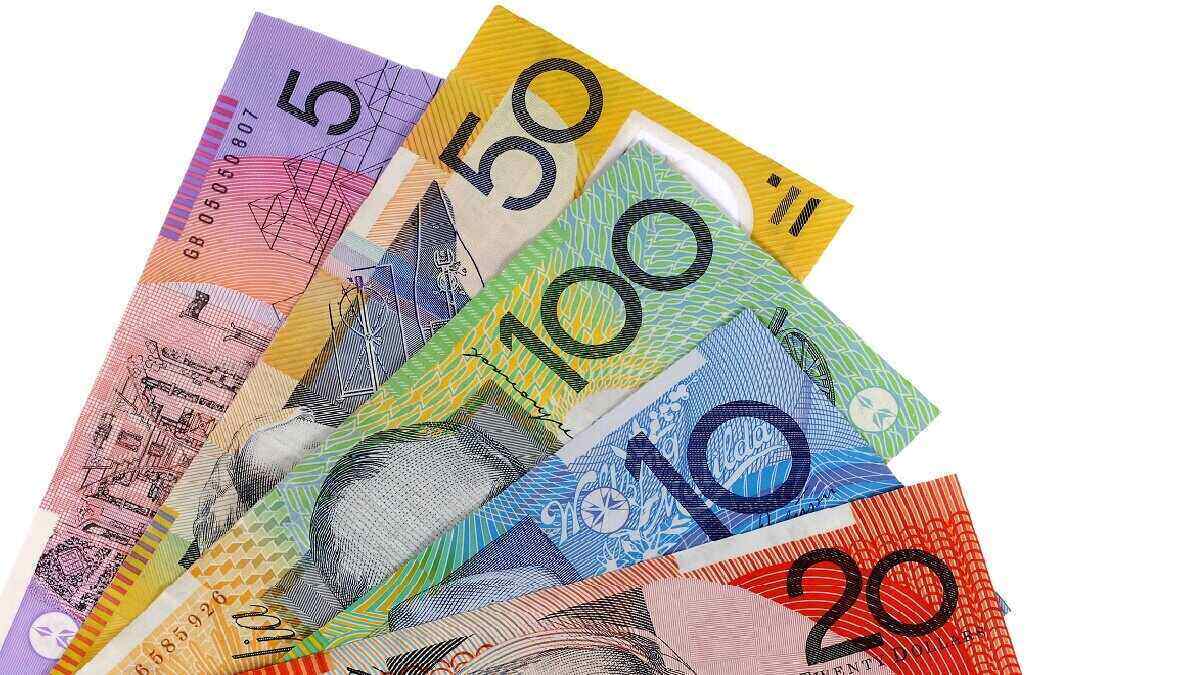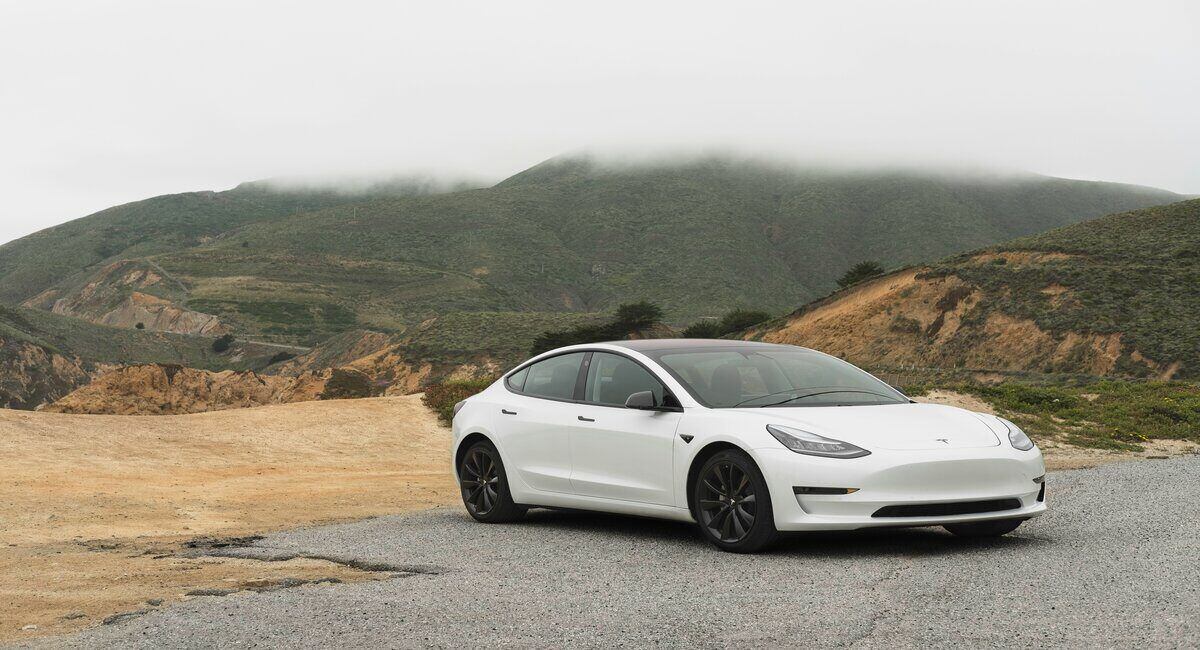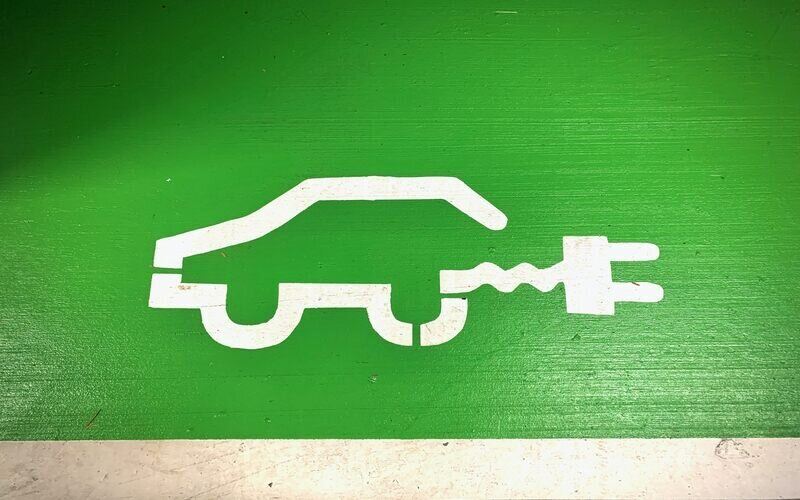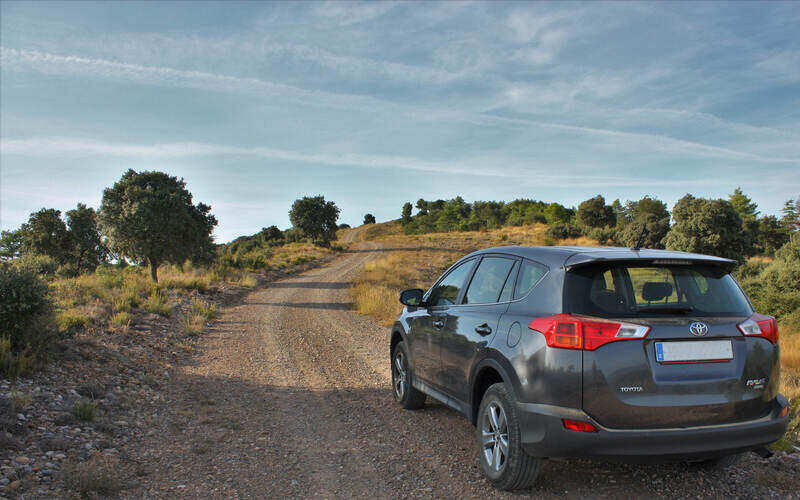When it comes to the different fuel types, it’s the number that really matters – 91, 95 and 98. These numbers are called the ‘octane-rating’, and are an indication of how well the fuel resists burning too early inside the car’s engine.
Standard petrol is given a 91 rating, while premium unleaded is both 95 and 98. There are also two ethanol-based fuels – E10 and E85 – which are potentially more environmentally friendly options as they use a corn or sugarcane based ethanol blend, instead of 100% refined oil.
Putting the wrong kind of fuel in your car could lead to worse fuel economy, power or worse - engine knocking, which could lead to catastrophic piston or cylinder head failure, leaving you stranded.
If you’re bored on a Saturday night and feel like reading about petrol, pop your feet up and read Savings.com.au’s guide to the different types of car juice you can use in Australia, including how you can use these fuels to save money.
For the purpose of comparison, we'll be using fuel price data for Brisbane, sourced from Fuelprice.io. The RACQ says Brisbane is the most expensive city on average for unleaded petrol.
Standard unleaded petrol (91)
Unleaded 91 petrol is the most common type of fuel in Australia, and can be found at pretty much every petrol station. Most cars will be able to use it, although you may find the more premium fuel to be more fuel efficient, depending on what car you have.
The average ULP 91 price is 224cpl in August 2023.
Premium 95-octane unleaded
Premium unleaded 95 petrol (PULP 95) is a type of unleaded fuel that is designed to be more fuel efficient and cause a smoother engine operation, which in turn improves performance.
It is meant for use by imported and high-performance vehicles, but can be used by the majority of cars. Certain small-capacity turbo passenger cars also require it, as do many motorcycles at a minimum.
It is usually a fair bit more expensive than ULP 91 – in Brisbane the RACQ had PULP 95 at 238cpl.
See Also: Fuel Price Cycles Explained
Premium 98-octane unleaded
Sometimes referred to as Ultra Premium unleaded petrol (UPULP), premium 98-octane fuel is the highest octane unleaded fuel, providing higher engine power and performance as well as less pollution, according to providers. As with PULP 95 it is best-utilised by performance cars, and some models will say that they can only take 98 and not anything else.
UPULP 98 is also slightly more expensive than PULP 95, but there can sometimes be a larger price jump.
The Brisbane average price at the time of writing for PULP 98 is $2.46 according to FuelWatch.io.
E10, also marketed as 94-octane
E10 is an ethanol-based fuel, in that it’s 10% ethanol and 90% unleaded petrol. It has a higher octane rating of 94, which could result in better performance if your car is tuned for it. By choosing an E10 fuel, your money is partly supporting the Australian sugarcane or corn industry, so hoo-roo to that.
However, ethanol is less energy dense than oil, which could result in slightly worse fuel economy. It's also annoying that many fuel stations seem to have done away with 91 entirely, and use only E10; some have also changed the colour of their nozzles so you're not sure what you're pulling up to until you read the numbers.
The national average price at the time of writing for E10 was only about a couple cents' cheaper than 91, at $2.22. Richie Benaud would be proud.
To determine which one - 91 or E10 - is better value, you'll need to determine if the worse fuel economy is offset by the cost savings.
To check if your car is E10 compatible, visit your state’s E10 checker if one exists, or a look inside your car's owners manual or fuel flap will usually reveal if it's okay to put in E10.
E85 - flex-fuel
The other ethanol option available is E85, a fuel often favoured by Supercars, and weekend warriors taking their vehicle to the track. It's also often called 'Flex Fuel'. As the name suggests it’s 85% ethanol and only 15% regular petrol, meaning that in addition to having better performance characteristics, E85 could have a slightly lower impact on the environment while supporting local industry. According to United Petroleum, E85 has an octane rating of 107.
Not all cars are compatible with E85, however some late-model V8 Holden Commodores and other performance vehicles can be filled up with the blend. However, don't expect the best fuel economy - it is less energy-dense after all.
It might be harder to find E85, and when you do, the scarcity could mean it's not that much cheaper than 91 fuel. Though if you're filling up with E85, you probably are using it for a specific purpose and don't really mind.
Diesel
Diesel stands out on its own as it's not actually a petrol. Both are refined from crude oil, but diesel is more energy dense and boils at a higher temperature.
The end result is that until recently, diesel cars were more efficient and had more torque, especially if they had a turbo, than equivalent petrol cars.
From the mid-2000s to the mid-2010s it seemed like diesel was the flavour of choice for small efficient passenger cars. It took until VW's 'Dieselgate' in 2015, and the rise of small petrol turbocharged engines and electric vehicles, to make people think twice about diesel.
You should never fill a petrol car with diesel or vice versa. It won't take you very long to find out you've made a grave mistake.
Fuelwatch.io had the price of diesel at 215cpl and 'premium' diesel at 216cpl.
'Premium' diesel versus regular diesel
You might have noticed the rise of 'premium' diesel at the servo in recent years. The good news (or bad news?) is that it is mostly a cash grab from the retailers and there is no real difference from regular diesel.
Premium diesel has a few additives that likely won't affect the efficiency or power of your vehicle. Additives likely include a cleaning agent, rust inhibitor, and/or a foam inhibitor.
If you feel like your tank needs a clean out, then it probably won't hurt to fill up once with premium diesel, but for newer vehicles this likely won't be an issue. As indicated above, the price difference isn't that large.
Advertisement
In the market for a new car? The table below features car loans with some of the lowest interest rates on the market.
Lender | |||||||||||||
|---|---|---|---|---|---|---|---|---|---|---|---|---|---|
| Variable | New | 1 year | More details | ||||||||||
| FEATURED | New Car Loan - Home Owner Special
| ||||||||||||
New Car Loan - Home Owner Special
| |||||||||||||
| Fixed | New | 99 years | More details | ||||||||||
| Loan amounts from $2k to $75k | New Car Loan
| ||||||||||||
New Car Loan
| |||||||||||||
| Fixed | New | 1 year | More details | ||||||||||
| Approval within 24 hoursEarly payout available | New Car Loan - Special (Fixed)
| ||||||||||||
New Car Loan - Special (Fixed)
| |||||||||||||
| Fixed | New | 2 years | More details | ||||||||||
New Vehicle Fast Loan Low Rate | |||||||||||||

- Available for purchasing new and demo vehicles
- $5,000 to $150,000 loan amount
- Redraw facility available up to $5000/day
- Required: Good credit history, stable employment history. Aus citizenship or PR.
Can you swap the fuel you’re using?
This really depends on your car, but generally yes, you can use different fuels if you think one will be more fuel efficient or will result in better performance. There is one exception though: do not use a lower rated fuel than the one recommended by the manufacturer.
It's also never okay to swap diesel and petrol variants.
What this means is that unless some joker has peeled or scratched it off, there should be something written on the inside of your fuel cap that will tell you the minimum octane rating you can use in your car, and the fuel type. If, for example, your car says 'premium 95', then it is not recommended to use unleaded 91, as doing so can cause engine knocking and potentially engine failure. This isn’t guaranteed to happen of course, but you will probably experience a loss of power, acceleration and fuel economy over time.
Many modern cars are designed to be fuelled with a variety of fuels safely, though manufacturers are usually explicit in saying that lower rated fuels will likely yield less performance and economy.
It doesn’t hurt your engine to use a higher rated fuel though, but it will hurt your back pocket. The question is whether you’d get any benefit out of doing so.
Which petrol should you use?
When it comes to the different fuel types, it’s the number that really matters – 91, 95 and 98. These numbers are called the ‘octane-rating’, and are an indication of how well the fuel resists burning too early inside the car’s engine.
Standard petrol is given a 91 rating, while premium unleaded is both 95 and 98. There are also two ethanol-based fuels – E10 and E85 – which are more environmentally friendly options.
Below is a summary of these petrol types, what they mean and how much they cost on average:
| Petrol/Fuel type | What it means | Avg. cost ($)/L |
| Standard unleaded (91) | Most common type of fuel though less fuel efficient than the premium types. | $2.24 |
| Premium 95-octane unleaded | Designed to be more fuel efficient and give a smoother engine operation, which in turns improves performance. | $2.38 |
| Premium 98-octane unleaded | Highest octane unleaded fuel, providing higher engine power and performance as well as less pollution | $2.46 |
| E10 | Ethanol-based fuel; 10% ethanol and 90% unleaded petrol. More powerful than standard unleaded petrol but the presence of ethanol does mean it can be slightly less fuel efficient. | $2.22 |
| E85 | 85% ethanol and 15% regular petrol. Powerful with less effect on the environment. | N/A |
| Diesel | For use in diesel cars only. | $2.15 |
Source: Fuelwatch.io, late August 2023
Can you save money with different fuel types?
The short answer: Yes.
The long answer: It can be tricky to determine how much you’re saving by using different fuels. There isn’t a fuel specifically designed to save the driver money - they’re designed to maximise the efficiency and power of different car models. E10 could be slightly cheaper, but using it in your car that’s unleaded-91 recommended could result in a lower fuel economy, negating any upfront cost savings.
So despite spending $5 or $10 less at the petrol station, you could run out of fuel faster and end up back there sooner.
How to save money on fuel
There are a lot of 'FUEL SAVING HACKS!' out there (e.g. squeeze the pump slower, fill up when it’s cold etc.) but the truth is that many will not make a noticeable difference to your budget.
What you can do however is conduct a test run using the various types of fuels and see how many more kilometres you travel or how long it takes until you have to go back.
The general rule of thumb is: the difference in fuel efficiency is about 1% per octane rating – 91 and 95 unleaded fuels, for example, have roughly a 4% difference. If there is a lesser price difference between the two, then its highly likely that its worth switching.
If you haven’t noticed any major differences and still want to save money on fuel, then try some of the following:
- Switch your engine off when you’re idling or waiting for someone/something, or invest in a car that does this automatically in traffic
- Maintain a steady speed and drive smoothly
- Use cruise control on long trips
- Ensure your tyres are inflated properly (correct PSI/KPA should be in the owners' manual or labelled inside the drivers' door)
- Remove excess weight (don’t keep heavy objects in the boot if they’re not essential)
And of course, the best way to save fuel (and maybe the environment too) is to drive less! Walk, ride or take public transport when you can. You can reduce your impact on the environment by doing this too.
Image by Freepik






 Brooke Cooper
Brooke Cooper

 Harry O'Sullivan
Harry O'Sullivan
 Harrison Astbury
Harrison Astbury
 William Jolly
William Jolly

